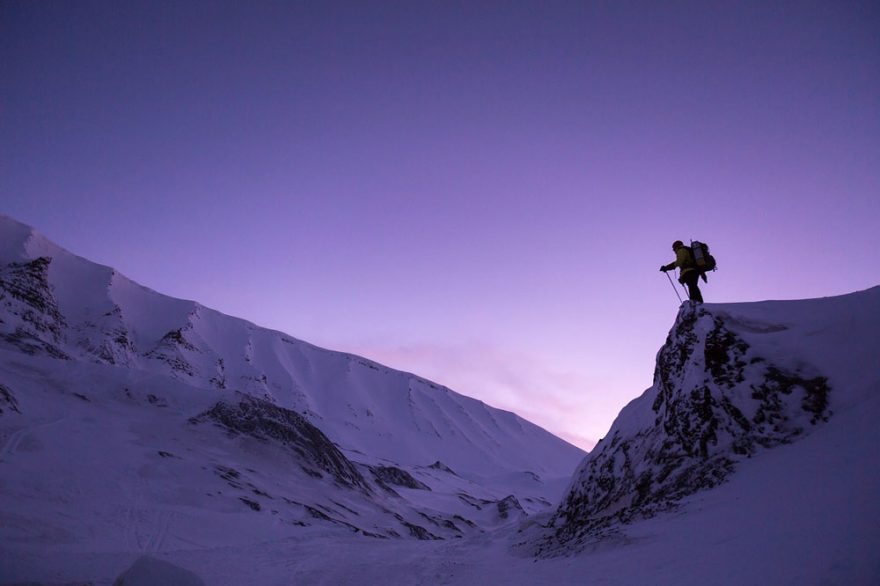
Going for a walk in the mountains, camping under the stars or going on a bike tour are just some of the ways to enjoy the serenity of nature. However, being out in the middle of the mountains with numb hands and chattering teeth isn’t a situation you want to be in.
As the weather begins to get colder, you’ll need to prepare yourself for the conditions. With winter comes high winds, rain, sleet, storms, ice, and snow. You can never tell what the day is going to be like; it may start off cold but sunny, and halfway into your hike lash it down with snow.
Whether you’re hiking, camping or cycling, it’s important to keep yourself warm by using the right types of layers. With the correct layering system, you can keep yourself dry and warm in any conditions. Winter is just around the corner, so use this guide to make sure you dress correctly for the cold weather that’s approaching.
Step 1 – Base Layers
This layer is the one that sits close to your skin. While you’re on your adventure, this layer collects a lot of your sweat and helps to keep your body temperature regulated. Wear a base layer that’s good quality and you’ll not only experience the best comfort but also avoid getting hyperthermia.
The Fit Is Important
For a base layer, it’s important that the clothing fits the body snuggly. A snug fit allows for the material to absorb your sweat properly.
Best Material
Base layers tend to be made from wool or a synthetic material. When they absorb the sweat from your skin, they can push the perspiration away from your body to an outer surface where the moisture will get evaporated. Avoid wearing base layers made from cotton.
If you’re going to buy a base layer, we suggest you go for a one made from a synthetic material. This type of clothing is a lot more beneficial as it’s less expensive to buy than wool, it dries faster, and it’s also a lot comfier, as wool can often be itchy. However, the downside to synthetic base layers is that they tend to collect the smell of your body odor.
Weigh It Up
When you’re choosing a base layer, they come in different weights – heavy, medium and light. Depending on the activity that you’re doing and what sort of weather you’ll be experiencing, you need to choose one accordingly.
If you’re going to be in freezing temperatures, the heavy layer will keep you warmer. Many people wear this type and the mid weight ones over the top of a lighter base layer for extra warmth. The lighter base layers dry a lot faster and soak up moisture more efficiently.
Step 2 – Mid Layers
The middle layer acts as your insulation. This layer will help to maintain your body heat by trapping the warm air close to your body.
The Four Options:
When it comes to mid-layers, there are four different options:
Synthetic Fill – This option is lightweight, durable, retains heat and it dries quickly. It doesn’t breathe as well as some of the other options and can also be bulkier to pack.
Down Fill – With this middle layer, you’ll get the most warmth. It can also compress down to a subtle, easy to pack size but its only letdown is that it takes a while to dry when it’s wet.
Fleece – This soft and comfortable fabric is ideal for moisture management and air permeability. You may want to team this up with a protective layer.
Hard Shell Fleece – For a durable, hard wearing mid layer, this is your best option. The downside? It’s less wind resistance than some of the other options and is also quite bulky.
Step 3 – Outer Layers
All three layers are important, but your outer layer is the one that protects you from the harsh rain, snow, and the wind. So, if you’re dealing with inclement weather, your outer layer will become the most important one. For the most comfort during your activity, this layer needs to be breathable and waterproof.
When you’re buying an outer layer garment, make sure you try it on while wearing layers. You don’t want a jacket that’s tight on the arms or body when you have your other layers on during the winter.
 Your Privacy Choices
Your Privacy Choices
 The
The